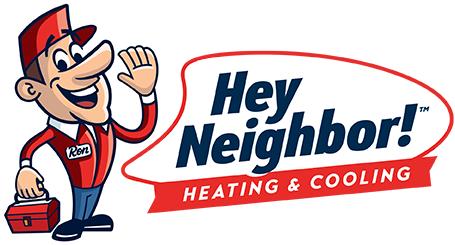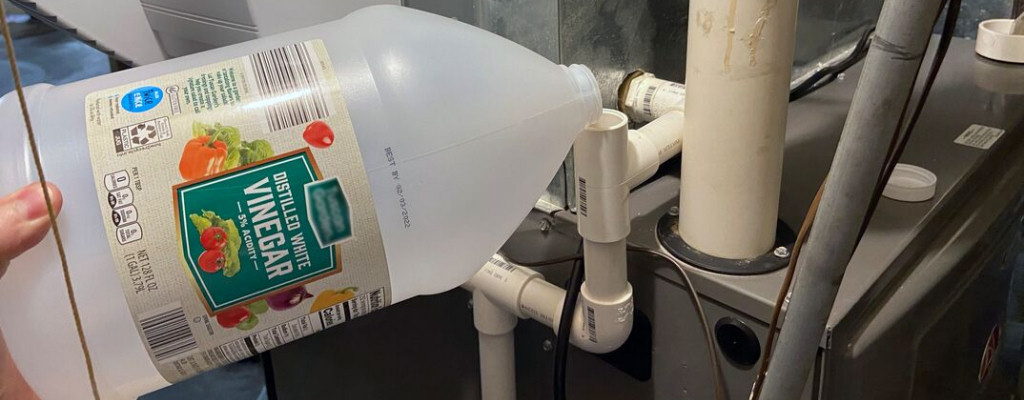We know many of our valued customers are avid DIYers, but most HVAC repairs and services should be left to our professional team. Sure, there are YouTube videos that can teach a homeowner how to do virtually anything, but HVAC repairs can be dangerous and costly if they aren’t done correctly.
Here are four HVAC repairs you should never attempt to do yourself, plus a few that you should tackle on your own!
Why should you leave these HVAC repairs to the pros?
There are some compelling reasons why you shouldn’t try to perform heating and cooling repairs yourself, including:
HVAC professionals are trained, certified, and use specialized tools and equipment for maintenance and repairs.
There are many safety risks, from high electrical voltages to natural gas and beyond.
You may endanger the safety and health of everyone in your home and nearby.
DIY repairs can cause your heating and cooling system to operate inefficiently and unreliably.
And perhaps most importantly – you’ll probably void your system’s manufacturer warranty, which can really cost you!
Four repairs that HVAC professionals should perform
Please don’t attempt the following HVAC repairs because you could get injured or create an even bigger problem with your system!
1. Installing a programmable or smart thermostat.
Even a seemingly easy installation, such as a thermostat, should be completed by a professional.
One reason the average homeowner shouldn’t change their thermostat is the electrical work involved. Sometimes when replacing a manual thermostat, the wiring has become loose, broken, or frayed over time. In these cases, a new thermostat wire will need to be run from the furnace before installing the new thermostat, something that’s best left to the professionals.
Regarding smart thermostats, we’re happy to offer our recommendations before you buy, to ensure that the model is compatible with your system. We mention this because many older HVAC systems aren’t equipped to communicate with properly or power a modern thermostat.
2. Cleaning the outside condenser unit.
Just because your outdoor condenser has a metal cage doesn’t mean it isn’t fragile. On the contrary, the coils are delicate and should be treated with care.
Many homeowners think they can just hose down their condenser from the outside of the unit and be done. Please don’t do this! Blasting your condenser with a hose can damage the coils, making your AC run inefficiently or break down.
3. Refrigerant or gas leaks.
If your AC runs constantly but never seems to cool your home, your HVAC system might be low on refrigerant, also called coolant, Freon, or Puron. You should never attempt to add HVAC refrigerant on your own. AC refrigerant is a toxic substance and should only be handled by a trained HVAC professional.
Likewise, if you smell the telltale rotten-egg odor of natural gas, turn off the gas immediately and call us right after. Please, DO NOT attempt to locate the leak and repair it yourself. At best, you might not stop the leak completely, and at worst – well, natural gas is flammable. Please, don’t put your family in jeopardy.
4. Testing electrical components.
Your HVAC system contains many electrical components that connect to many other electrical and mechanical parts, such as compressors, capacitors, motors, transformers, and more.
Each of these HVAC components operates via high-voltage electricity, which poses a danger to your safety and also to your HVAC system. Because of the risk, we strongly recommend that homeowners never troubleshoot, replace, or repair electrical components on their own.
Instead, entrust the task to the licensed and experienced HVAC pros here at Hey Neighbor Heating & Cooling to inspect, test, and repair your HVAC system properly and thoroughly.
Three DIY-friendly HVAC maintenance tasks
There are a few things you can tackle on your own to keep your system running well between seasonal maintenance visits from our team.
1. Cleaning around your outdoor unit.
Since it’s outside, your central air conditioning system’s condenser unit is subject to snow, wind, rain, hail, and all the other harsh weather that Mother Nature can throw at it. A monthly clean-up around the condenser unit helps prevent plants, branches, and other debris from getting into the condenser and causing problems.
2. Changing your filter.
The easiest and most effective HVAC maintenance task that you can do yourself is changing your air filter every month or two. It’s such an easy task, yet many homeowners don’t remember to do it – or worse, they don’t think they need to. Rest assured, you will cause issues with your system if you don’t change your filter. It’s just a matter of time. So, set a Calendar reminder in your smartphone, so you don’t forget!
3. Clearing a plugged drain line.
Normal operation of your HVAC system generates condensation that is then drained away. However, if the drain line clogs, your unit might not heat or cool your home adequately or stop running altogether. If this happens, follow these steps to clear the clog and keep it from returning.
1. Turn the system off at the switch and flip the circuit breaker into the off position.
2. Pour a quarter-cup of vinegar into a measuring cup.
3. Locate the plastic drain pipe near your unit. It’s typically gray, white, or black.
4. Remove the cap of the drain line if there is one and look inside for a blockage.
5. If a clog is visible, you can clear it manually or with a vacuum.
6. Pour the vinegar down the pipe, and wait about 30 minutes or so.
7. Flush the pipe with water, and confirm the clog is gone and that the drain line is flowing freely.
8. Repeat this process at least once yearly to keep your drain line clog-free!
Northeast Ohio HVAC repairs and maintenance
Please don’t attempt complex HVAC repairs on your own. Instead, call our team to handle any problems you encounter, plus regular maintenance and expert installations. For convenience, add Hey Neighbor Heating & Cooling to your Contacts in your smartphone in case of an HVAC emergency: 844-HEY-NEIGHBOR. We’ll be there for you!


Comments are closed